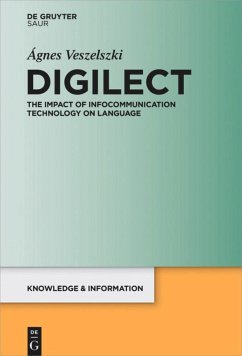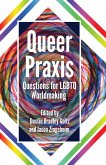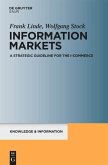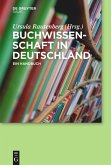The high degree of internet penetration and its social (and linguistic) effects evidently influence how people, and especially the highly susceptible younger generations, use language. The primary aim of the book is not only to identify the characteristic features of the digital language variety (this has already been done by several works) but to examine how digital communication affects the language of other mediums of communication: orality, handwritten texts, digitally created but not digitally perceived, that is printed texts, including in particular advertisements (which quickly respond to linguistic change). Naturally, the book presents the characteristics of the digital language variety (and coins the term digilect) but only to give a framework to the impact analysis. It is important to document changes in progress and thus direct attention to potential outcomes. The current linguistic change is different from previous ones primarily in its speed and form of spreading, and it not only brings innovative grammatical forms and writing/spelling solutions but may also have far-reaching cultural and educational consequences in the long run.








